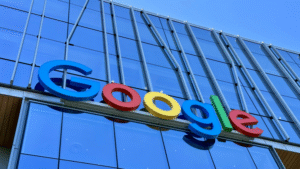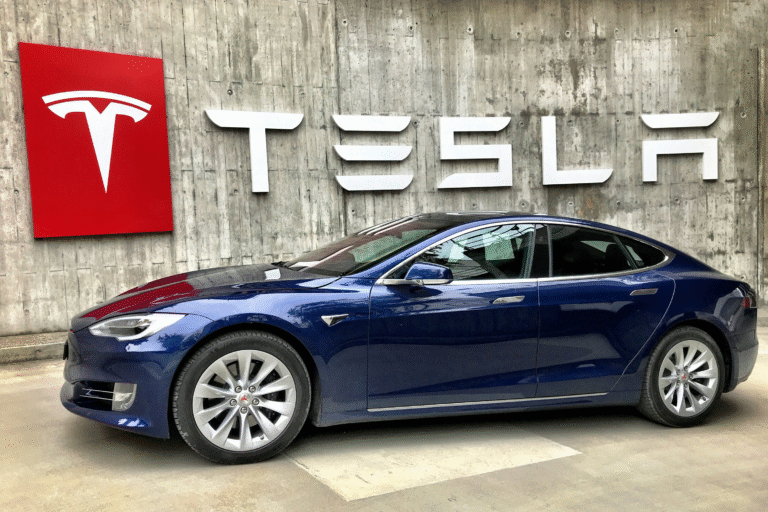OpenAI, the company behind ChatGPT, has made a very big decision that will shape its future in artificial intelligence. The company has signed a seven-year cloud services deal with Amazon worth $38 billion. This is one of the largest technology deals ever, and it shows how serious OpenAI is about building even stronger and smarter AI systems. The deal was announced only a week after OpenAI went through a major internal restructuring that gave the company more freedom to manage its money and day-to-day work. Now, with this freedom, OpenAI is choosing to invest heavily in computing power, because powerful computers are the backbone of modern AI.
Under this new deal, OpenAI will gain access to hundreds of thousands of Nvidia graphics processors through Amazon Web Services (AWS). These special chips are extremely fast and are designed to handle the huge amount of data and calculations needed to train AI models. Without such expensive and advanced chips, AI tools like ChatGPT, DALL·E, and other OpenAI systems would not be able to grow, improve, or handle the millions of users who depend on them every day. The partnership with Amazon therefore gives OpenAI a strong foundation to keep moving forward in the global AI race.
This deal also highlights a growing truth in the tech industry: artificial intelligence requires an almost endless amount of computing power. Every company working in AI is trying to make their models faster, smarter, and more reliable, and this can only happen when they have access to powerful hardware. As companies compete to build systems that may one day match or even surpass human intelligence, the demand for computing resources has skyrocketed. OpenAI’s plan makes this very clear. CEO Sam Altman has already said that the company is preparing to spend $1.4 trillion on building about 30 gigawatts of computing resources. That is such a large amount of power that it could supply electricity to roughly 25 million homes in the United States. Statements like this show just how big OpenAI’s ambitions are and how much energy the future of AI will require.

For Amazon, this deal is not only financially rewarding but also a strong message to the world. Amazon Web Services (AWS) is one of the biggest cloud computing companies on the planet, but in recent years some investors worried that AWS was falling behind competitors like Microsoft Azure and Google Cloud in the growing AI market. Microsoft, for example, is deeply connected with OpenAI through earlier investments, so many people assumed OpenAI would always rely mainly on Microsoft’s systems. However, this massive deal with Amazon proves that AWS is still a powerful force and that OpenAI trusts Amazon’s technology enough to invest tens of billions of dollars into it. This agreement could help Amazon regain confidence among investors, especially after its cloud division showed strong growth in the September quarter.
For OpenAI, the decision is also a sign of independence. After restructuring, the company now has more freedom to choose who it partners with and how it spends its money. Although it has a long-standing relationship with Microsoft, OpenAI is clearly aiming to diversify its options, reduce risks, and ensure that it has access to as many advanced chips and systems as possible. Having multiple cloud partners also protects the company from shortages, technical failures, or delays that might happen if it relied on only one service.
This deal is important for many reasons, but the biggest one is the future of artificial intelligence. AI models require constant updates, huge amounts of training, and extremely strong computers just to function. Even minor improvements in AI performance often require months or years of training and testing. The more powerful the computer, the faster and better the AI becomes. With access to Nvidia’s high-end graphics processors through AWS, OpenAI will be able to train new models, improve current ones, and explore new areas of AI research that were not possible before. This could lead to smarter chatbots, improved robots, more advanced image and video tools, and even breakthroughs in medicine, science, and engineering.
The agreement also shows how tightly connected the world’s largest technology companies have become when it comes to developing artificial intelligence. Companies like Amazon, Microsoft, Nvidia, and Google are not just competing—they are also supporting each other because AI development is too big of a challenge for any single company to handle alone. OpenAI’s need for billions of dollars in cloud services is proof that AI is no longer just a software problem. It is a massive infrastructure project that requires the combined strength of hardware, energy, data centers, and cloud platforms.
Another important part of this story is how it affects everyday users. Deals like this may seem huge and distant, but they play a role in how quickly AI tools improve and how smoothly they run. When you ask ChatGPT a question or generate an image, thousands of processes happen in the background in just a fraction of a second. These processes depend on powerful servers and fast chips. By partnering with Amazon, OpenAI is making sure that its tools stay fast, reliable, and capable of handling millions of requests. This means better performance, fewer delays, and more advanced features for people who use these tools at school, work, or even just for fun.
The giant spending plan also shows how expensive and energy-hungry the future of AI will be. Building 30 gigawatts of computing resources is not only costly but also requires new data centers, cooling systems, electricity supplies, and technical teams. Some experts worry about the environmental impact of such massive energy use. Others believe that AI will lead to better efficiency in the long run. For now, what is clear is that AI’s growth depends heavily on infrastructure, and companies like OpenAI must invest huge amounts to stay ahead.
This partnership could also change the dynamics of AI development worldwide. With Amazon becoming one of OpenAI’s key cloud providers, other companies may soon react by forming new alliances or increasing their investments. In the tech world, one major move often triggers many more. The competition will likely intensify, which could lead to faster progress but also more pressure on companies to keep spending.












